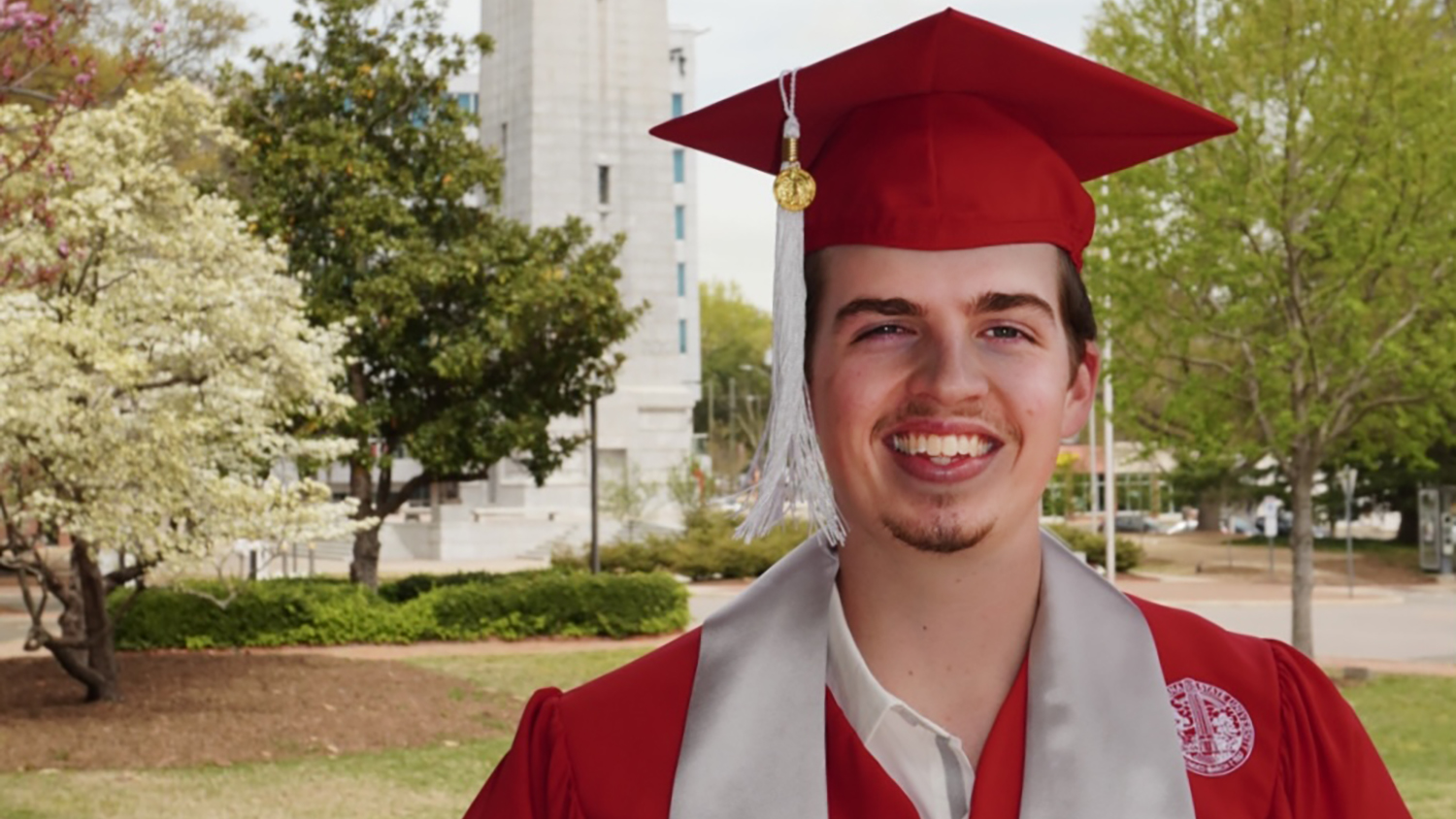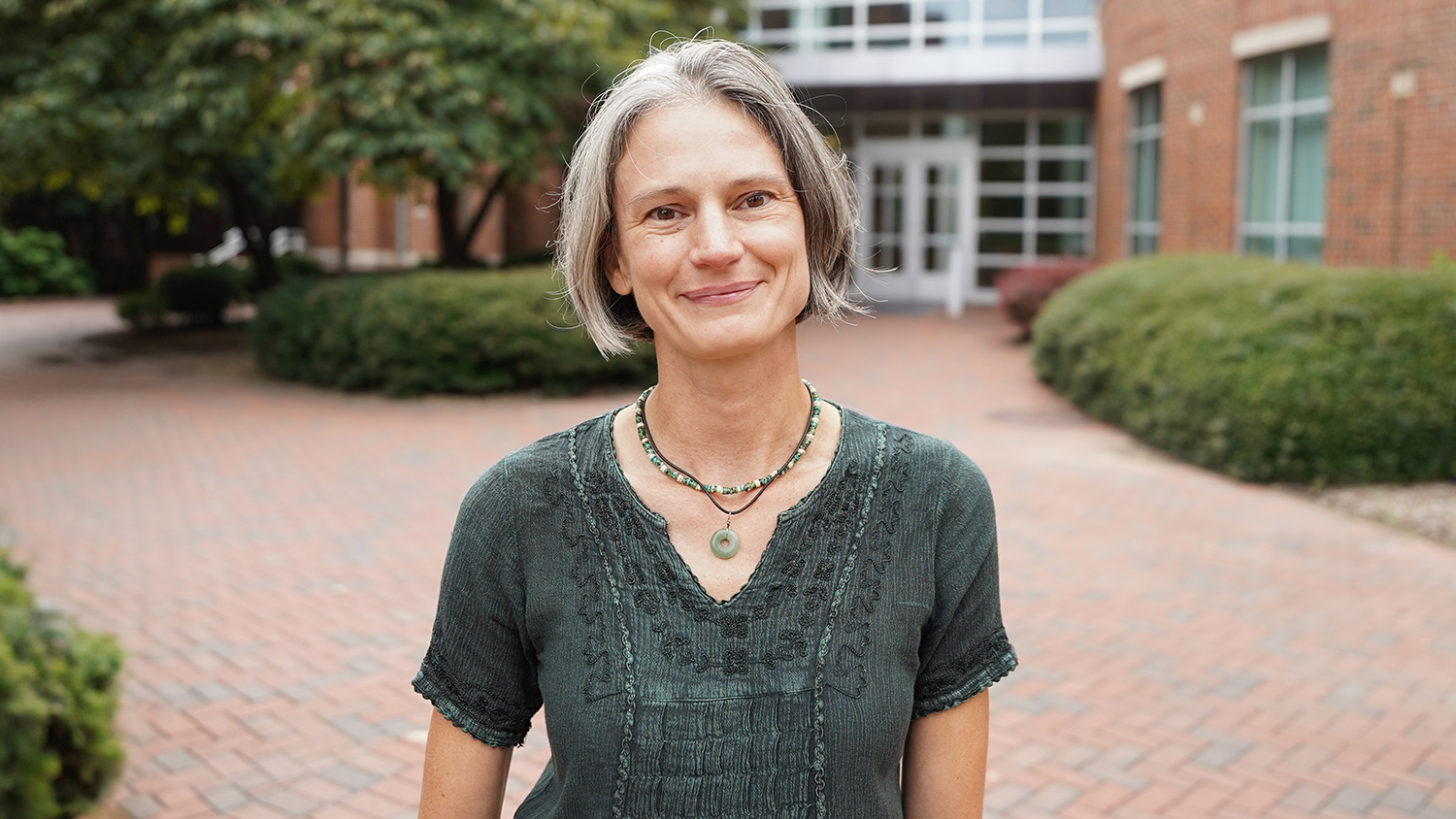Nyeema Harris: Studying creatures big and small
I had the opportunity to travel to Kenya when I was between 13 and 14 years old with the Philadelphia Zoo, and getting there and getting to watch predator-prey dynamics, actually watching lions hunt for the first time, it was National Geographic at its best. And getting that experience at that young of an age set the tone for the rest of my life, the rest of my career: … I wanted to make sure that these systems, that these processes – predator-prey in particular — remained intact (that we would always have that in our ecosystem). My name is Nyeema Harris. I am currently a Ph.D. candidate in the Fisheries and Wildlife Program here at N.C. State. I’m studying patterns of carnivore diversity across North America … trying to figure out where there are more species and less species and their corresponding parasites. The concern is that as land-use changes, as climate change happens, as urbanization happens and the human population grows, there’s less space, of course, for our wildlife animals.
With us having this impact on wildlife (carnivores, in particular), there are going to be consequences to the organisms that depend on them. In the case of a parasite, if a carnivore becomes more and more endangered and has the possibility of going extinct, the parasite has two options: They either go extinct with the host, or they have to switch to a new host. And the concern there is they are going to switch to the most abundant resource in the landscape, and I’m sure you know who that is: That’s us — or our domesticates: our domestic animals [such as] agricultural animals.
One component of the research is modeling just patterns across space and time. In terms of … actually going out in the field, I’ve gone out and found collaborators all across the United States who are working on threatened and endangered species (carnivores). To date, I’ve gone to California to sample island foxes (collecting ectoparasites – so fleas, ticks, lice, mites, those types of critters — off of island foxes); black-footed ferrets in South Dakota; Mexican wolves in Arizona and New Mexico; and I just came back from Maine trying to get samples from Canada lynx.
The Philadelphia Zoo was my first job. As a part of their 150th anniversary, they had a very big celebration, and one of the themes had to do with conservation. … They gave out three awards related to conservation. The award that I received was the Emerging Conservation Leader Award.
I’m going to Africa this summer to Namibia, Botswana and South Africa. It’s a part of N.C. State’s Study Abroad Program through the Fisheries and Wildlife Program. So I will be over there getting some experience with desert ecology and a lot of the wildlife species there. I’m going to visit a couple of universities, work with some nonprofits and just discuss the possibility of upon graduation working on a research project over there.
… I am [also] in the process of starting a non-profit, and that non-profit is focusing on exposing minority communities to outdoors and natural resources, wildlife — just giving the next generation some of the opportunities that I had.
It’s challenging sometimes but also very rewarding, and I couldn’t imagine doing anything else. So I’m exactly where I need to be.
*N.C. State University’s Fisheries and Wildlife Program is a joint effort of the College of Natural Resources, the College of Veterinary Medicine and the College of Agriculture and Life Sciences’ Department of Biology.


